Home>Furniture & Design>Kitchen Furniture>How To Dispose Of A China Cabinet
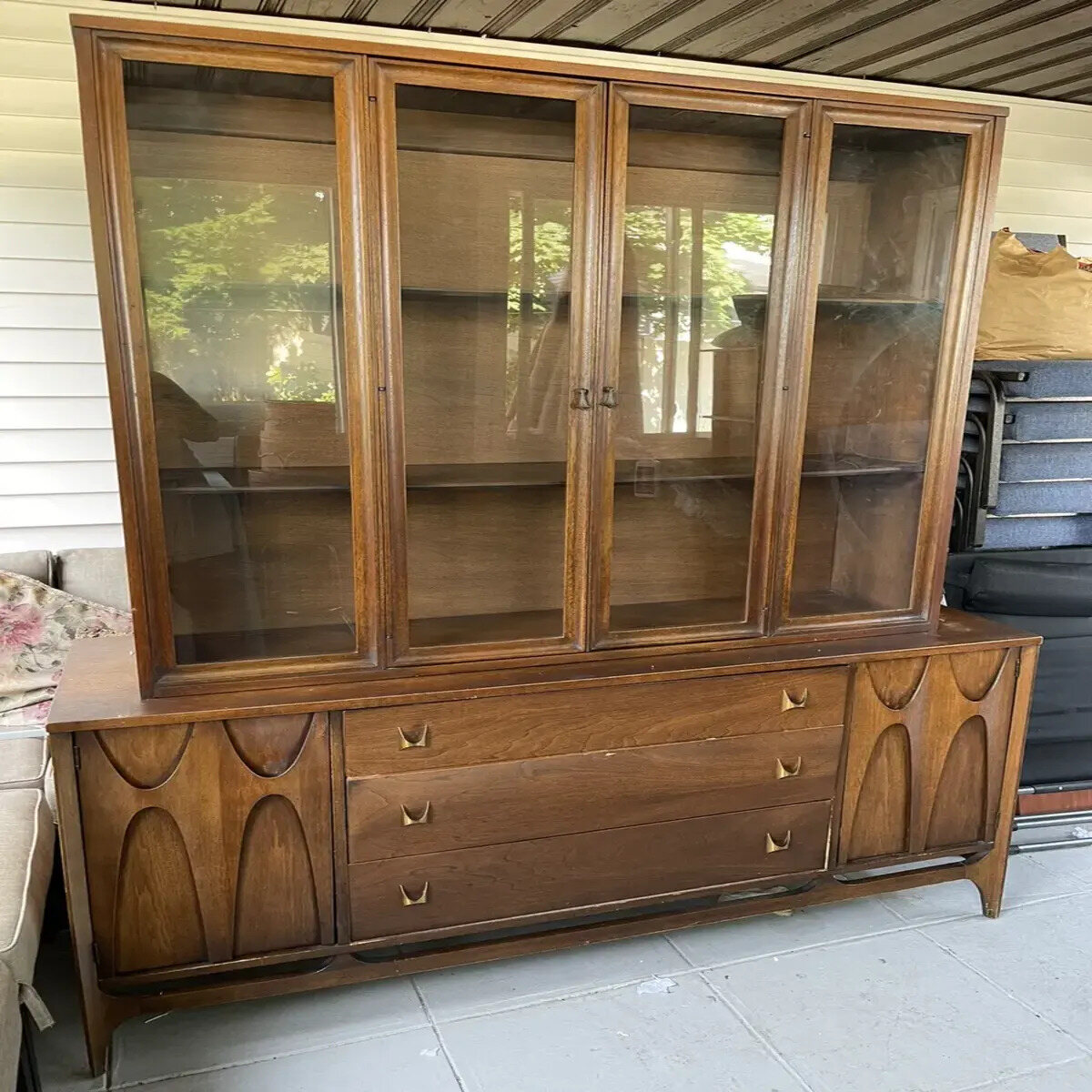

Kitchen Furniture
How To Dispose Of A China Cabinet
Modified: October 29, 2024
Learn how to properly dispose of a china cabinet and free up space in your kitchen. Discover the best methods for getting rid of old kitchen furniture and redesigning your space.
(Many of the links in this article redirect to a specific reviewed product. Your purchase of these products through affiliate links helps to generate commission for Storables.com, at no extra cost. Learn more)
Introduction
So, you've decided it's time to bid farewell to your beloved china cabinet. Whether you're downsizing, redecorating, or simply seeking a change, parting ways with a piece of furniture can be both liberating and challenging. The process of disposing of a china cabinet involves more than simply hauling it out to the curb. It requires careful consideration and a thoughtful approach to ensure that the cabinet is handled responsibly and sustainably.
In this comprehensive guide, we'll walk you through the step-by-step process of properly disposing of a china cabinet. From emptying the cabinet and disassembling it to exploring options for donation, recycling, and disposal, we'll cover everything you need to know to bid adieu to your china cabinet in an environmentally conscious manner. So, roll up your sleeves, gather your tools, and let's embark on this journey to gracefully part ways with your china cabinet.
Key Takeaways:
- When saying goodbye to your china cabinet, remember to empty it, clean it, and assess its contents. This helps you decide what to keep, what to let go, and how to prepare it for its next chapter.
- Consider donating, selling, recycling, or responsibly disposing of your china cabinet. Each option extends its lifespan and minimizes its environmental impact, contributing to sustainable consumption practices.
Read more: What Is A China Cabinet
Step 1: Emptying the Cabinet
Before you begin the process of disposing of your china cabinet, it's essential to empty its contents. Start by carefully removing all items displayed inside the cabinet. Take your time to wrap delicate pieces in packing paper or bubble wrap to ensure they remain intact during the transition. As you clear out the cabinet, assess each item to determine if there are any pieces you no longer wish to keep. This is an excellent opportunity to declutter and decide which items you would like to retain and which ones you are ready to part with.
As you empty the cabinet, consider the sentimental value and practicality of each item. Perhaps there are heirloom pieces that hold special significance, or maybe there are items that no longer align with your aesthetic preferences. By thoughtfully evaluating the contents of the cabinet, you can streamline your belongings and make informed decisions about what to keep and what to let go.
Once the cabinet is empty, take a moment to clean its interior. Use a soft cloth and a mild cleaning solution to gently wipe down the shelves and surfaces, removing any dust or debris that may have accumulated over time. This will not only prepare the cabinet for its next phase but also ensure that it is presented in the best possible condition for donation, sale, or disposal.
By systematically emptying the cabinet and thoughtfully assessing its contents, you can approach the disposal process with a clear understanding of what you intend to keep, what you can part with, and how to best prepare the cabinet for its next chapter.
Step 2: Disassembling the Cabinet
Disassembling a china cabinet is a crucial step in preparing it for disposal. Whether you plan to donate, sell, or recycle the cabinet, breaking it down into manageable pieces can simplify the process and make it easier to transport. Before you begin, gather the necessary tools, including screwdrivers, pliers, and protective gear such as gloves and safety goggles.
Start by removing any doors, shelves, and drawers from the cabinet. Carefully label each component to keep track of its placement and hardware. This will be immensely helpful when reassembling the cabinet or assisting its new owner in reconstructing it. As you disassemble the cabinet, take note of any hardware or fasteners that may require special attention or replacement.
Once the removable components are detached, focus on breaking down the main structure of the cabinet. Depending on the design, this may involve unscrewing panels, separating sections, or dismantling the framework. Exercise caution and enlist the help of others if the cabinet is large or heavy. Always prioritize safety and take measures to prevent injury or damage during the disassembly process.
As you disassemble the cabinet, consider the materials it is constructed from. Wood, glass, metal, and other components may be recyclable or repurposable, so it’s important to handle them with care. By disassembling the cabinet with mindfulness and attention to detail, you can pave the way for its next phase, whether it involves finding new life in another home or being transformed into new creations through recycling and upcycling.
Remember, the process of disassembling the cabinet is not only about breaking it down into smaller parts; it’s also about opening up possibilities for its future. By approaching this step with care and consideration, you can set the stage for the cabinet’s onward journey, ensuring that it transitions smoothly and sustainably to its next destination.
Step 3: Donating or Selling the Cabinet
Once you have emptied and disassembled the china cabinet, it’s time to explore options for giving it a new home. Donating or selling the cabinet presents an opportunity to extend its lifespan and contribute to sustainable consumption practices. Before making a decision, assess the condition of the cabinet and consider its potential for reuse.
If the cabinet is in good condition and possesses timeless appeal, donating it to a charitable organization, such as a local thrift store, community center, or shelter, can benefit those in need while diverting furniture from landfills. Many charitable entities welcome furniture donations and may even offer pickup services, making the process convenient and impactful. Be sure to contact the organization beforehand to inquire about their donation guidelines and scheduling arrangements.
Alternatively, if the cabinet holds significant value or possesses unique characteristics, selling it through online marketplaces, consignment shops, or local classifieds can connect it with individuals seeking quality furniture. Take clear, well-lit photographs of the cabinet and craft a compelling description that highlights its features and craftsmanship. Price the cabinet competitively, considering its condition and market demand, and be transparent about any imperfections or wear.
When donating or selling the cabinet, communicate with potential recipients to ensure a smooth and satisfactory transfer. Provide accurate measurements, discuss transportation logistics, and, if applicable, offer assistance with reassembly. By facilitating a positive experience for the recipient, you can enhance the cabinet’s journey to its new home and foster a sense of goodwill and sustainability.
Regardless of whether you choose to donate or sell the cabinet, remember that its departure from your space can bring joy and utility to others. Embrace the opportunity to extend the life of the cabinet, knowing that its legacy continues in a new environment, where it can enrich the lives of its new owners and contribute to the circular economy.
Consider donating your china cabinet to a local charity or thrift store. You can also sell it online or through a garage sale. If it’s no longer usable, check with your local waste management for proper disposal options.
Step 4: Recycling the Cabinet
When a china cabinet reaches the end of its functional life or is no longer suitable for donation or sale, recycling provides a sustainable alternative to divert it from the landfill. Recycling not only minimizes waste but also allows the materials comprising the cabinet to be repurposed and transformed into new products, reducing the demand for virgin resources.
Before initiating the recycling process, identify the materials used in the construction of the cabinet. Wood, glass, metal, and other components may be recyclable through specialized facilities or municipal recycling programs. Research local recycling centers or contact waste management authorities to inquire about the accepted materials and procedures for furniture recycling.
If the cabinet contains wooden elements, consider repurposing the wood through upcycling projects or donating it to woodworking enthusiasts, artists, or DIY enthusiasts who can breathe new life into the material. Similarly, glass panels and shelves can find new applications in creative endeavors, such as crafting or home improvement projects.
When transporting the cabinet to a recycling facility, disassemble it as much as possible to facilitate handling and processing. Separate different materials and components, and remove any non-recyclable elements, such as hardware or adhesives, to streamline the recycling operation. This conscientious approach not only eases the recycling center’s workflow but also maximizes the potential for the cabinet’s materials to be repurposed.
By choosing to recycle the cabinet, you contribute to the conservation of natural resources and the reduction of environmental impact. Embrace the opportunity to close the loop on the cabinet’s lifecycle, knowing that its materials will be transformed into new products and applications, perpetuating their utility and minimizing the burden on the planet’s finite resources.
Read more: How To Organize A China Cabinet
Step 5: Disposing of the Cabinet
When all other avenues have been explored, and the china cabinet is no longer suitable for donation, sale, or recycling, responsible disposal becomes the final step in its lifecycle. Proper disposal involves ensuring that the cabinet is handled in a manner that minimizes environmental impact and adheres to local waste management regulations.
Before proceeding with disposal, research the regulations and guidelines pertaining to furniture disposal in your area. Municipalities often have specific protocols for large item disposal, including designated collection days, drop-off locations, or curbside pickup arrangements. Adhering to these guidelines helps prevent improper disposal and promotes the efficient management of waste.
If the cabinet contains materials that are considered hazardous or restricted, such as lead-based paint, treated wood, or other regulated substances, it may necessitate specialized disposal methods. Contact local waste management authorities or environmental agencies to seek guidance on the safe handling and disposal of such materials, ensuring compliance with environmental protection standards.
When preparing the cabinet for disposal, take measures to minimize its environmental impact. Remove any non-recyclable elements, such as hardware or synthetic components, and segregate them from recyclable materials. This separation streamlines the disposal process and facilitates the appropriate treatment of the cabinet’s components.
When transporting the cabinet for disposal, secure it properly to prevent damage during transit and minimize the risk of scattering debris. If utilizing curbside pickup services, adhere to the designated schedule and placement instructions to facilitate efficient collection. If utilizing a drop-off facility, inquire about any preparation requirements or restrictions to ensure a smooth and compliant handover.
By conscientiously addressing the final phase of the cabinet’s lifecycle, you contribute to the responsible management of waste and the preservation of environmental quality. Embrace the opportunity to bid farewell to the cabinet with mindfulness and consideration, knowing that its proper disposal minimizes its impact on the planet and fosters a sustainable approach to waste management.
Conclusion
Congratulations on successfully navigating the process of disposing of your china cabinet in a manner that prioritizes sustainability and responsible stewardship. By following the steps outlined in this guide, you have approached the farewell to your cabinet with thoughtfulness and consideration, ensuring that its departure from your space aligns with your values and environmental consciousness.
Emptying the cabinet allowed you to evaluate its contents, declutter, and prepare it for its next phase. Disassembling the cabinet not only facilitated its handling and transport but also opened up possibilities for repurposing and recycling its materials. Exploring options for donating or selling the cabinet extended its lifespan and potential utility, fostering a sense of community and sustainable consumption.
When recycling the cabinet, you embraced the opportunity to close the loop on its materials, contributing to resource conservation and the reduction of environmental impact. Finally, by conscientiously addressing the cabinet’s disposal, you upheld the principles of responsible waste management and minimized its footprint on the planet.
As you bid adieu to your china cabinet, reflect on the impact of your actions and the legacy you have cultivated. Whether the cabinet finds new life in another home, is transformed into new creations through recycling, or undergoes responsible disposal, your mindful approach has ensured that it transitions with purpose and respect for the environment.
Remember that the principles and practices you have applied to the disposal of your china cabinet can be extended to other aspects of your lifestyle, fostering a sustainable mindset and contributing to the preservation of our planet. Embrace the journey of mindful consumption and responsible stewardship, knowing that each decision you make leaves a lasting imprint on the world around you.
As you embark on future endeavors, carry forward the spirit of conscientiousness and sustainability, recognizing that every action, no matter how small, holds the potential to shape a brighter and more sustainable future for generations to come.
Frequently Asked Questions about How To Dispose Of A China Cabinet
Was this page helpful?
At Storables.com, we guarantee accurate and reliable information. Our content, validated by Expert Board Contributors, is crafted following stringent Editorial Policies. We're committed to providing you with well-researched, expert-backed insights for all your informational needs.
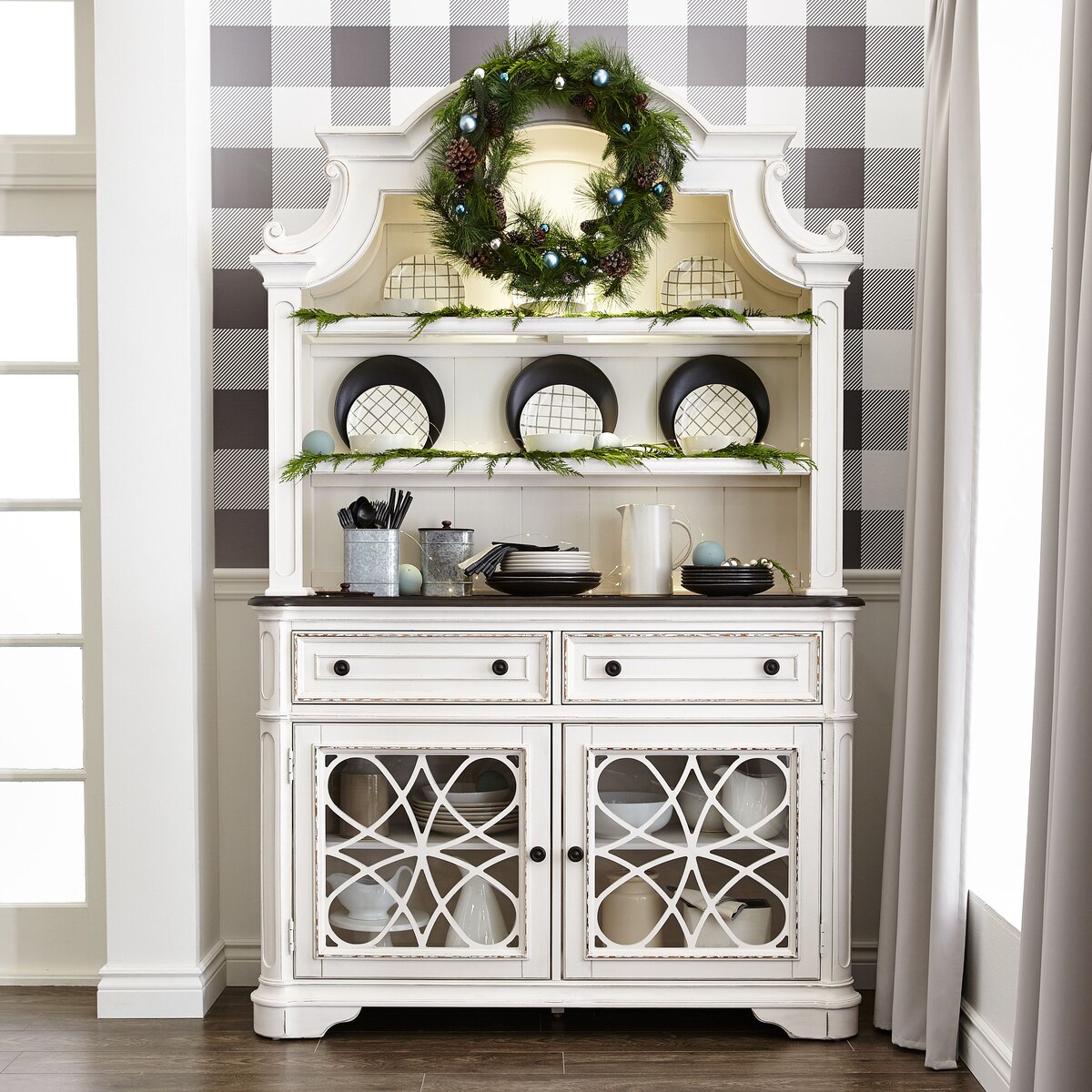
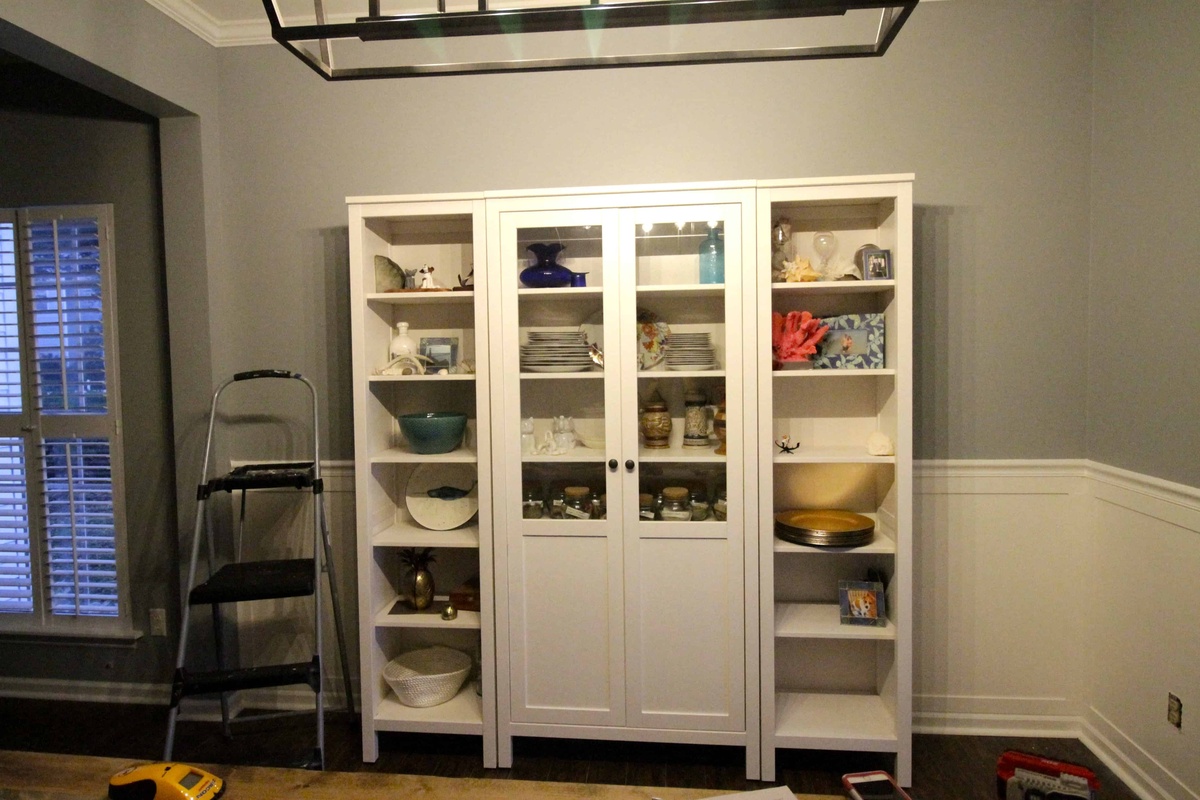
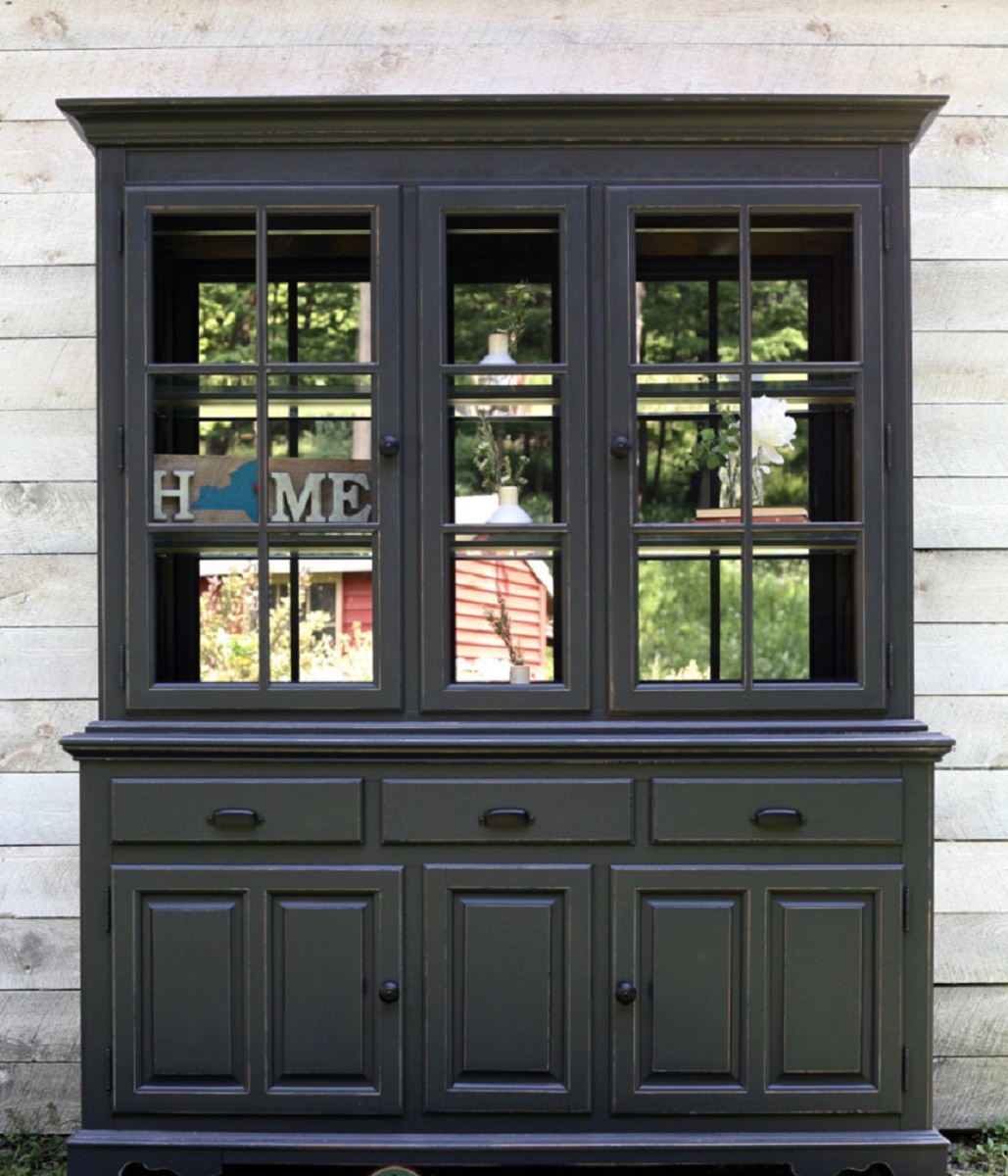
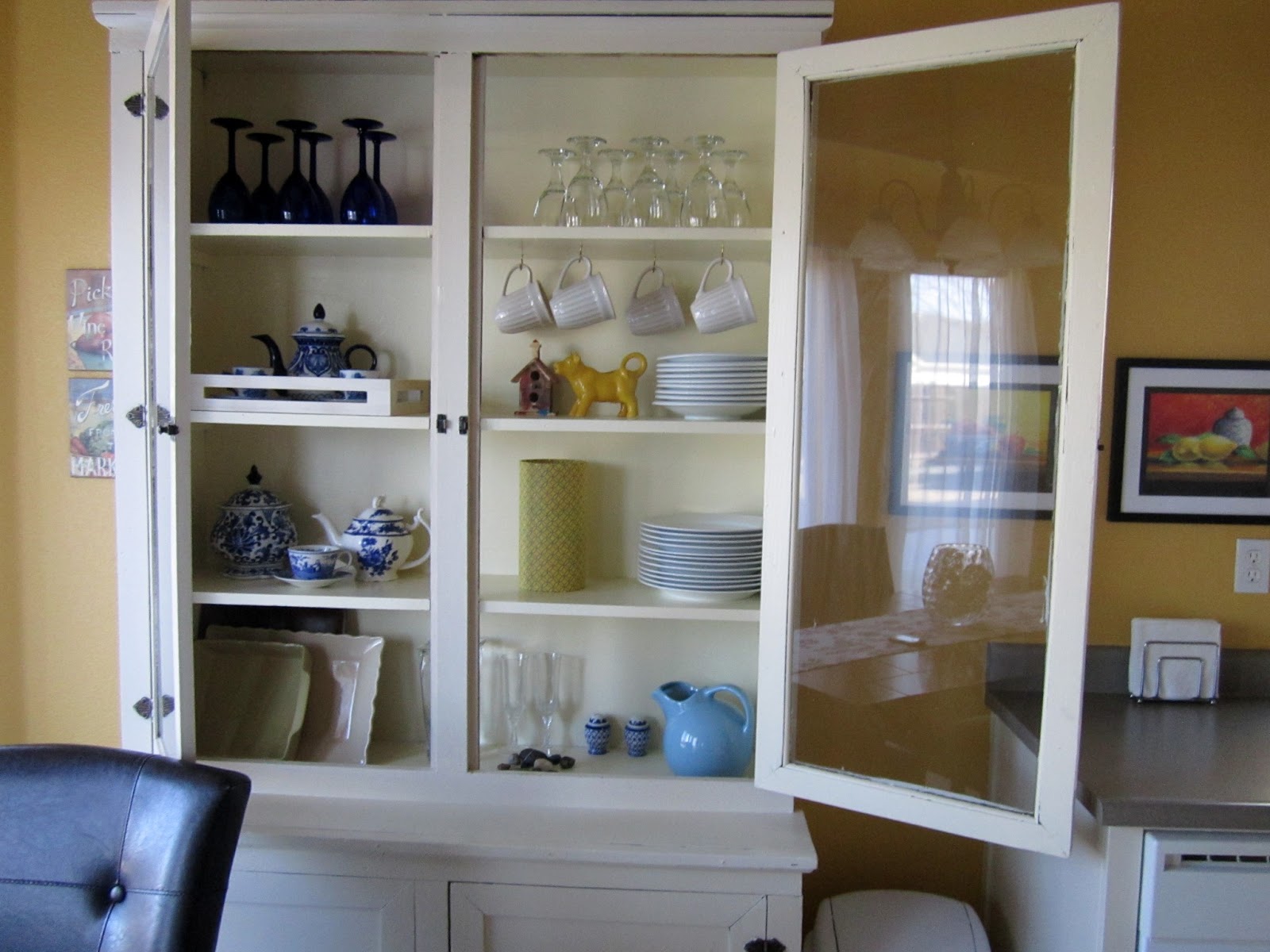
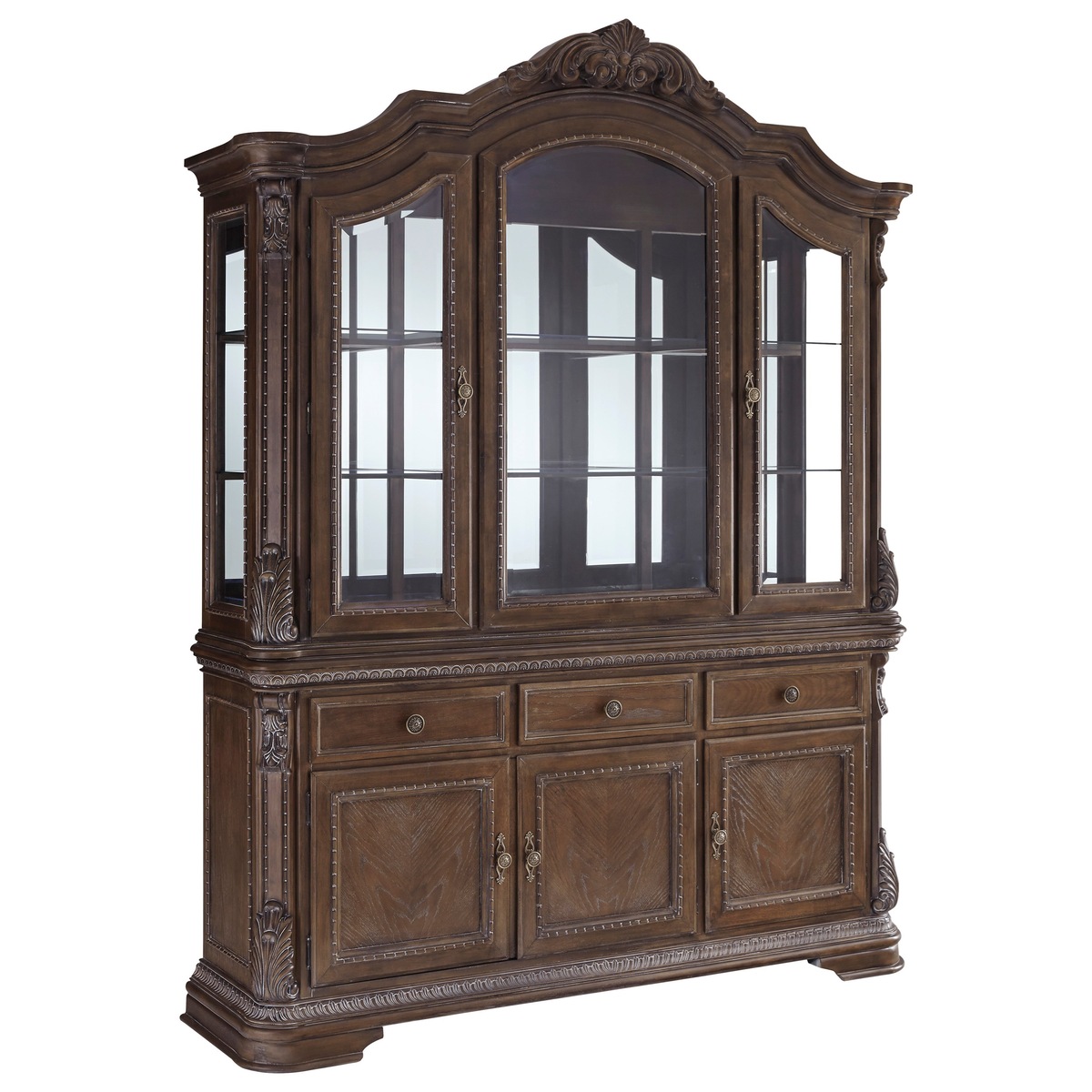
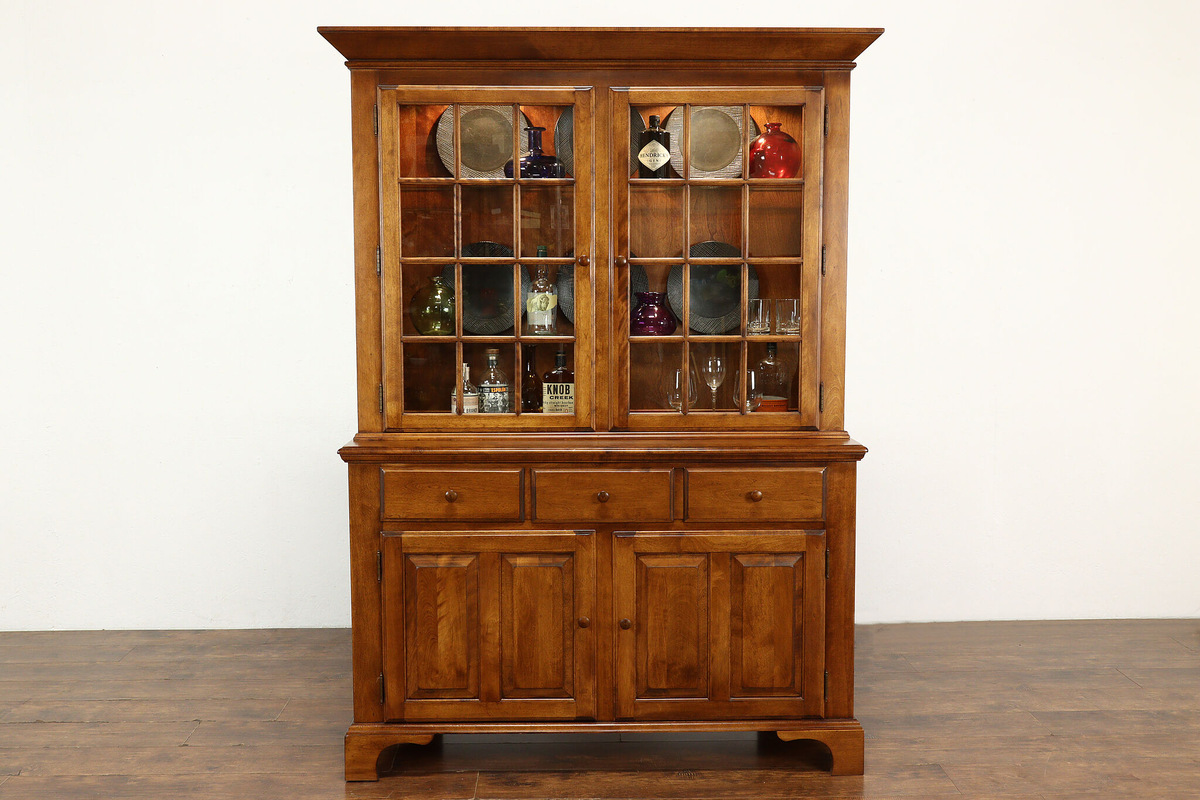
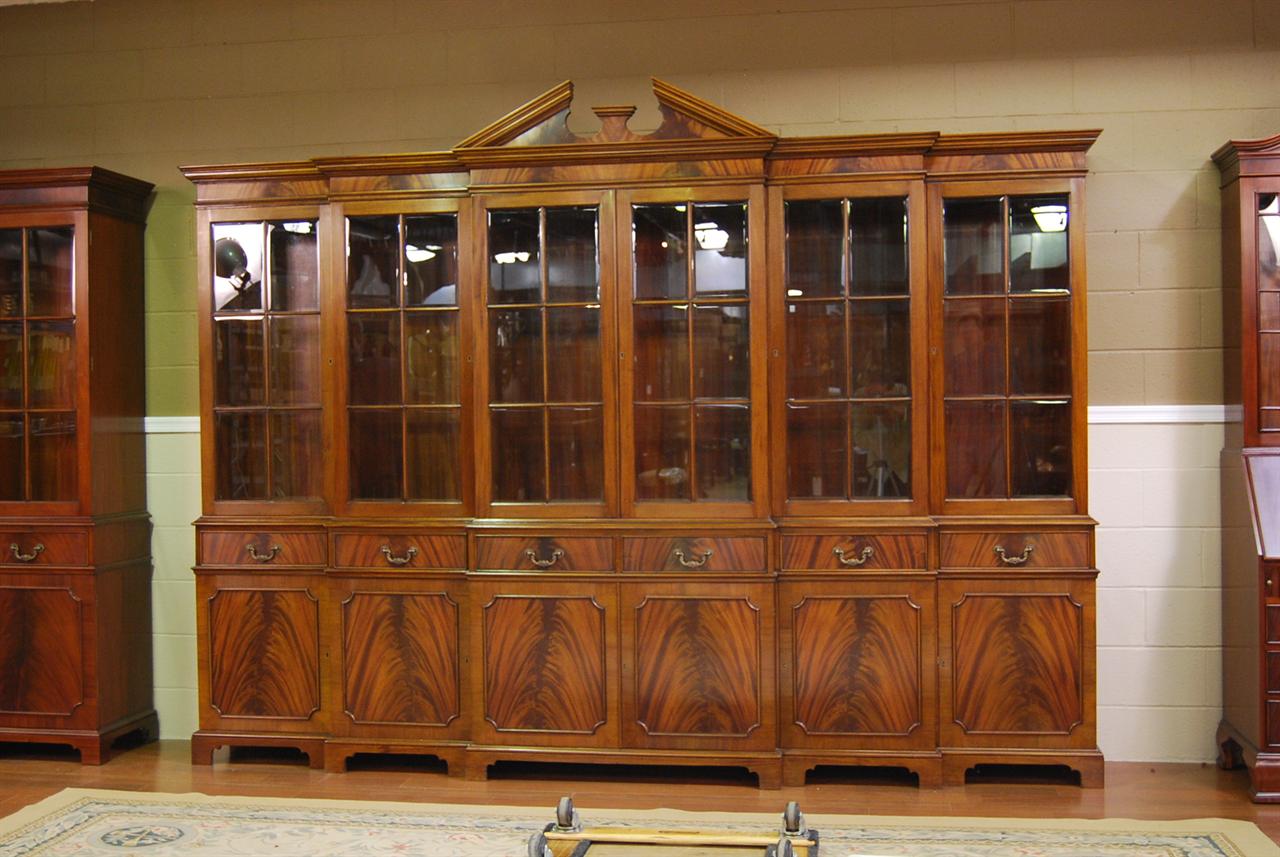
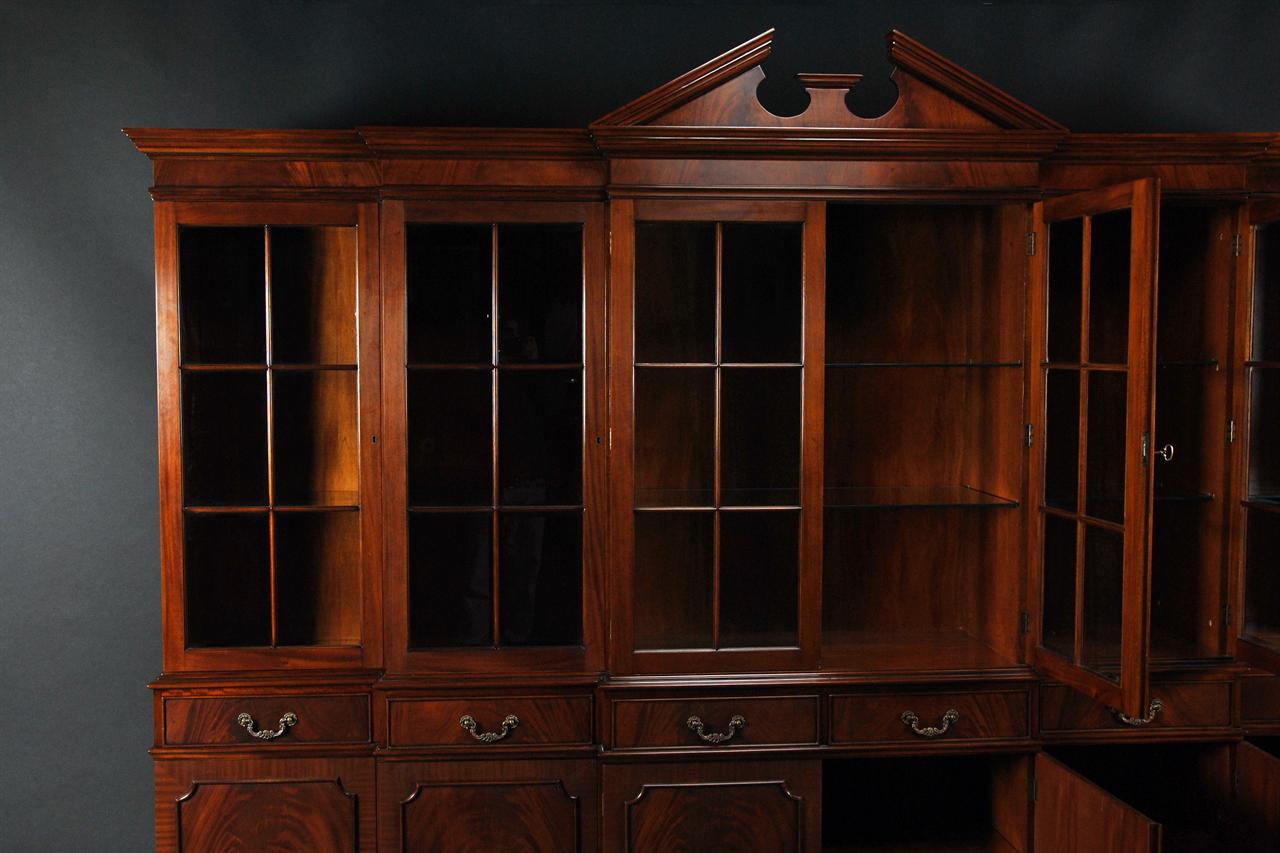
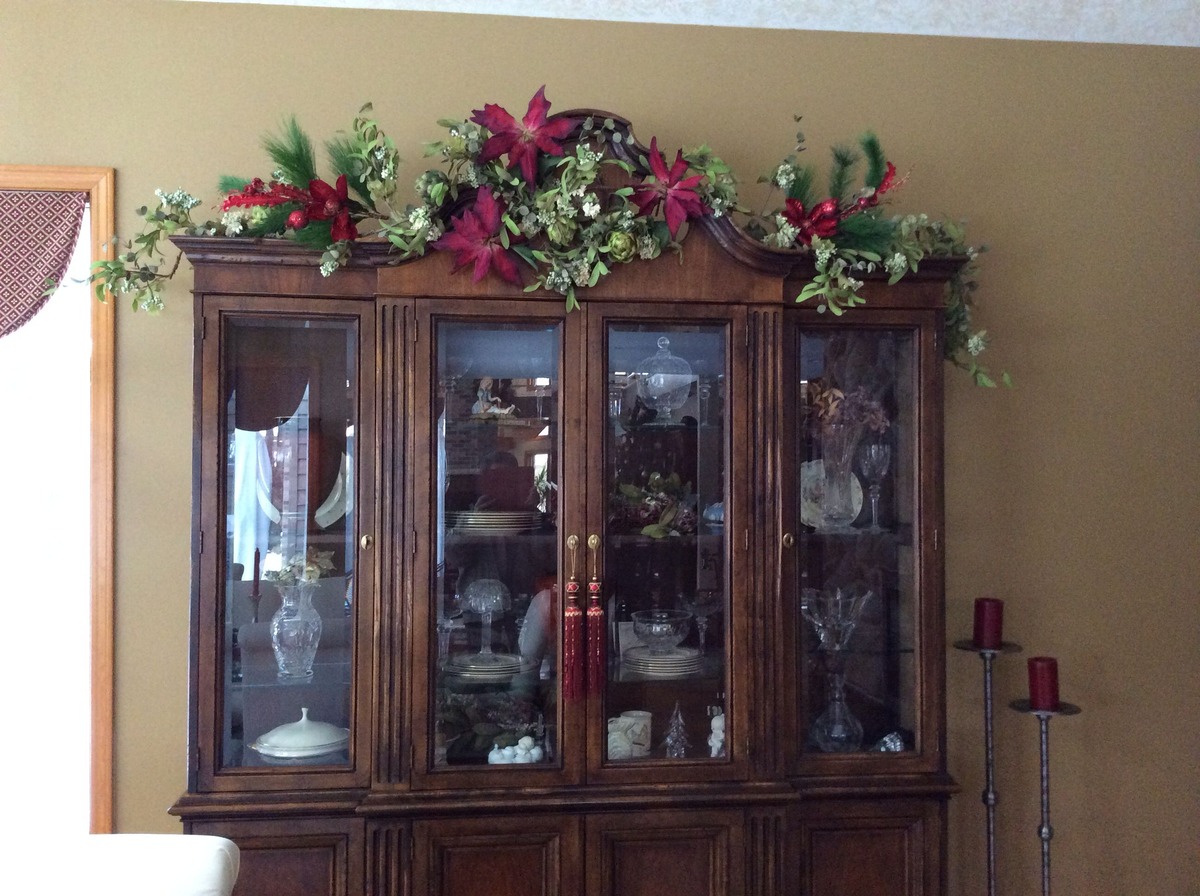
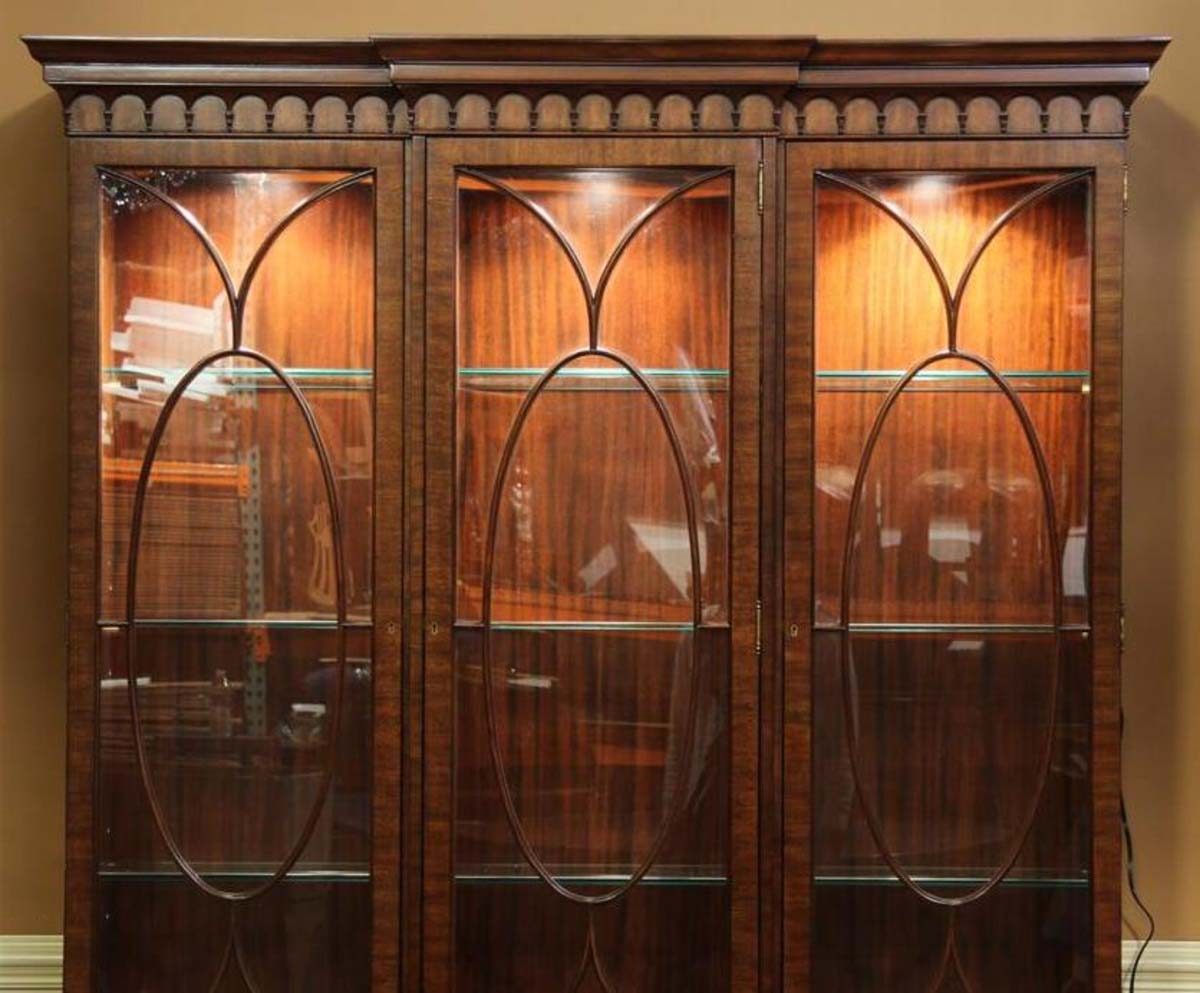
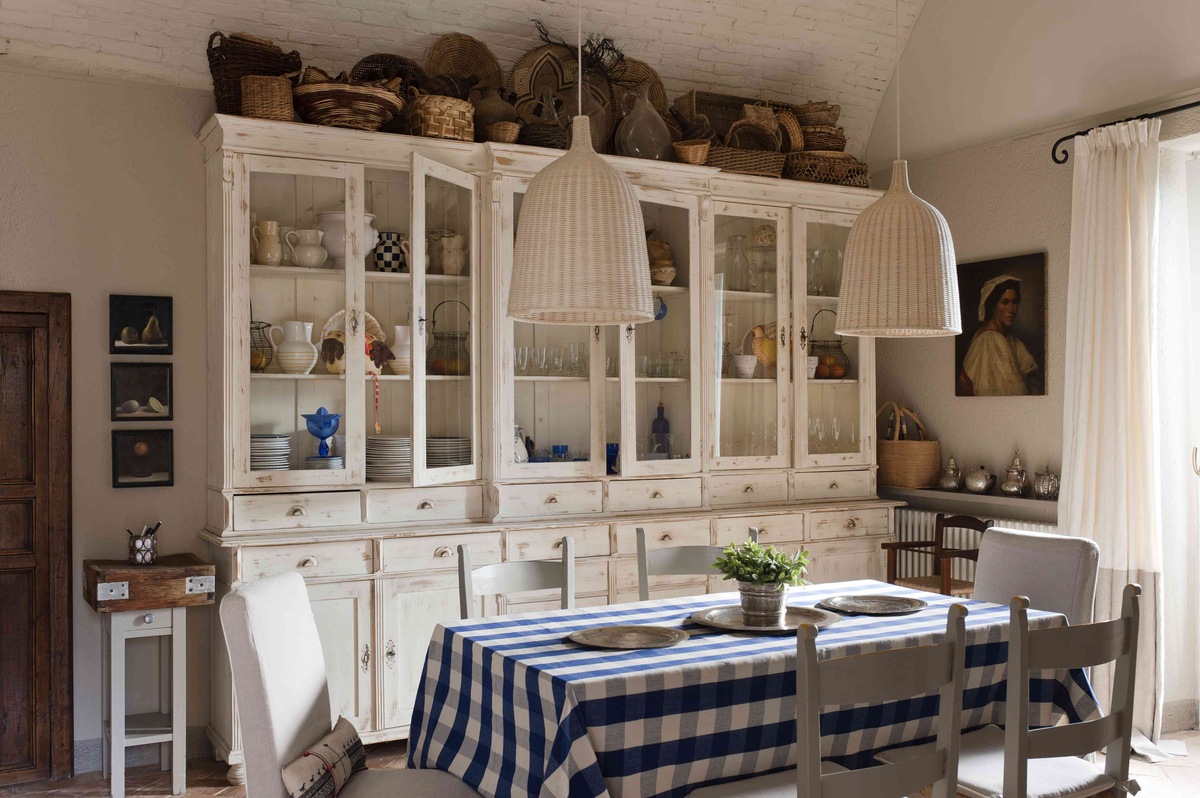
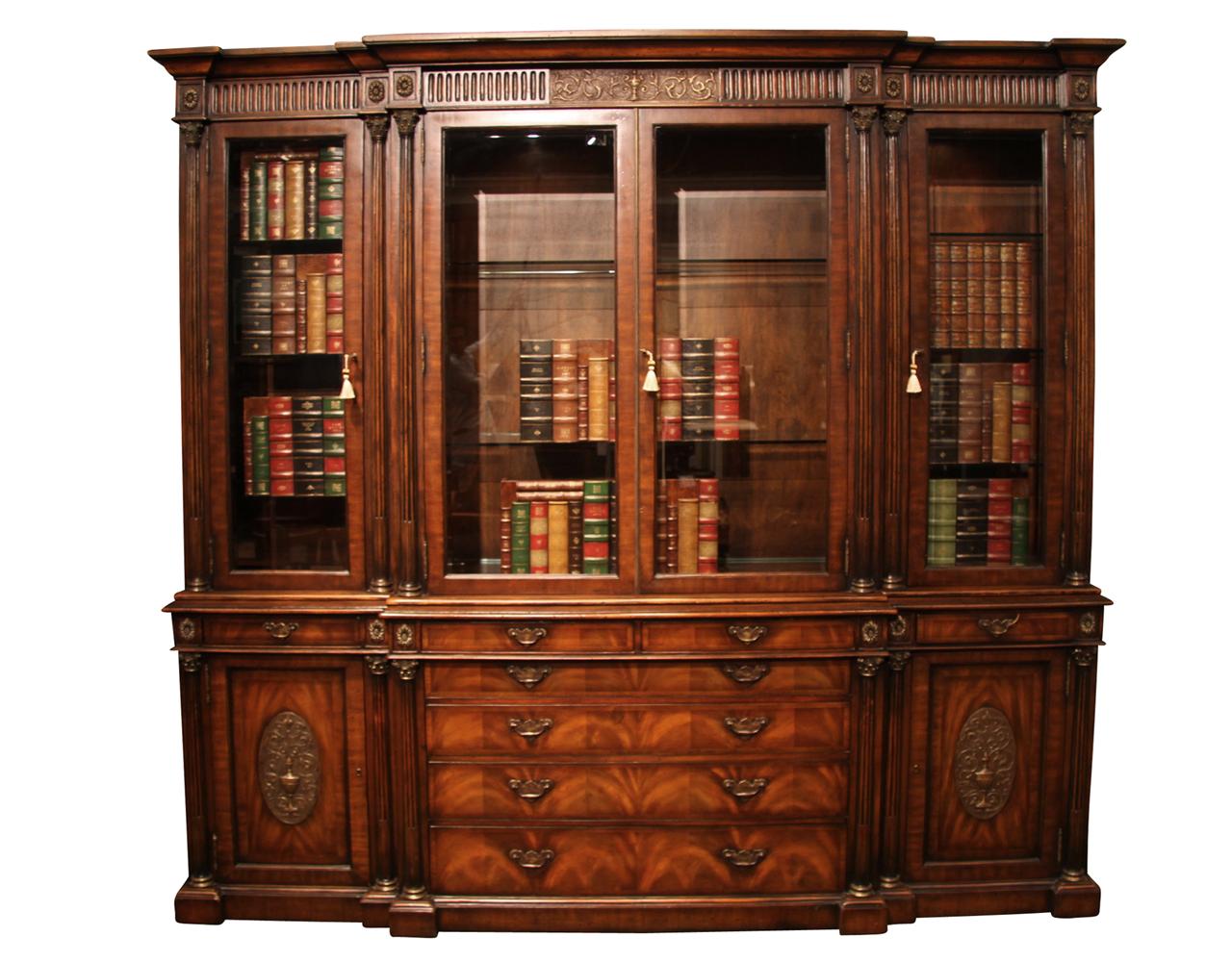
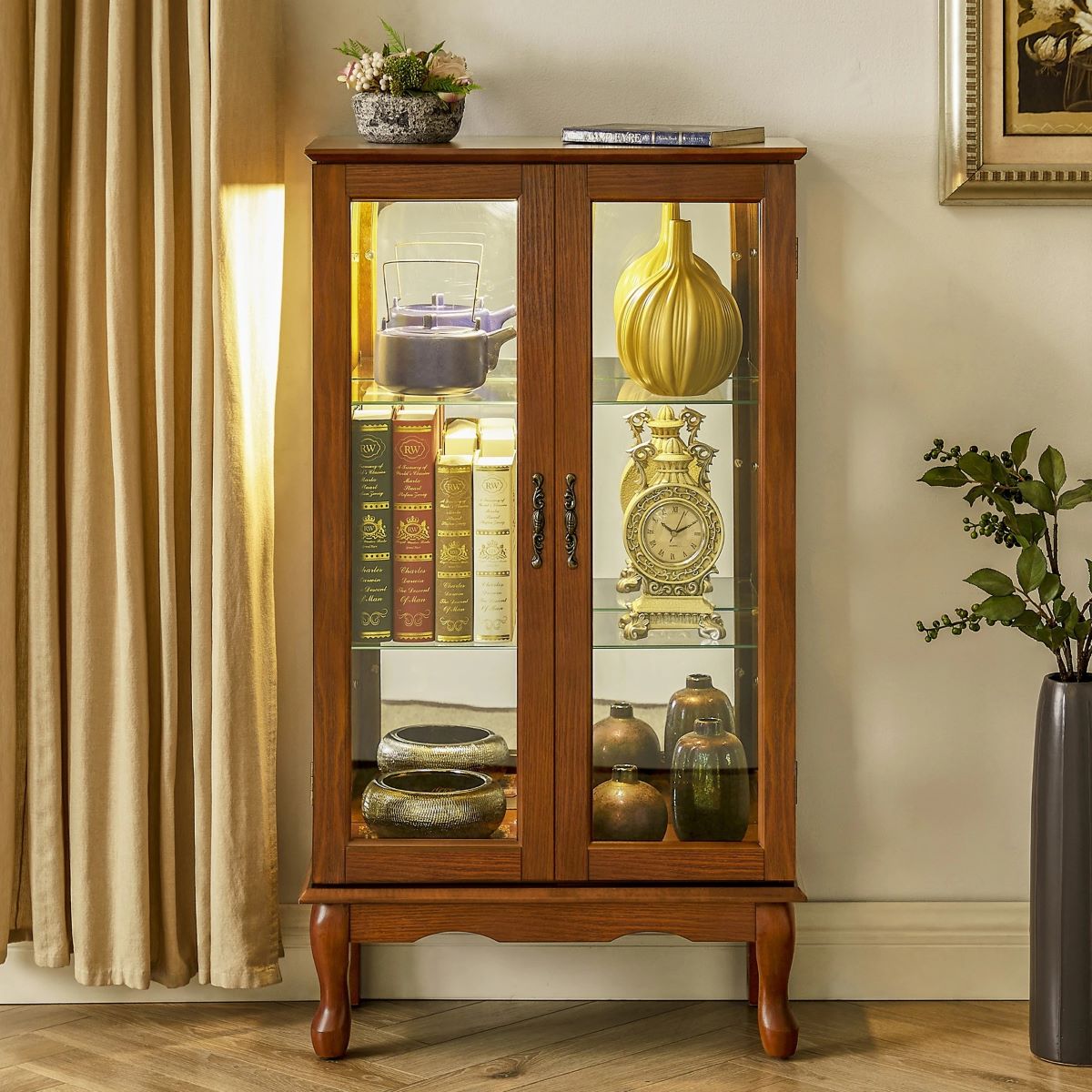
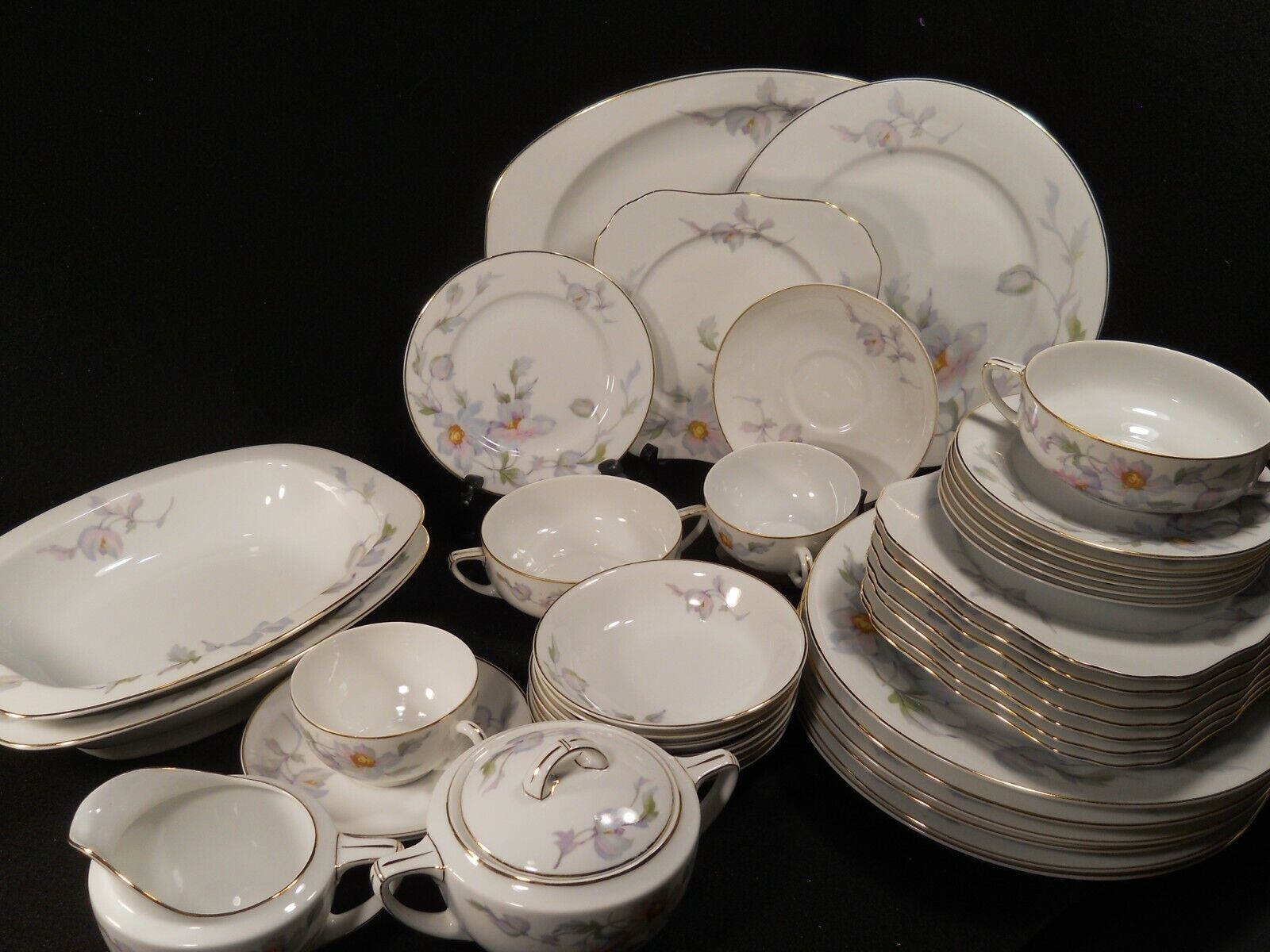

0 thoughts on “How To Dispose Of A China Cabinet”